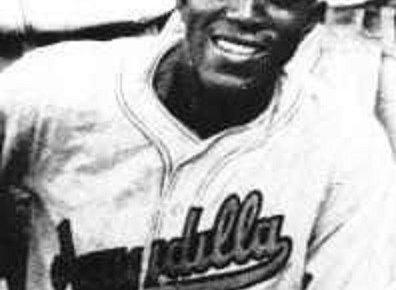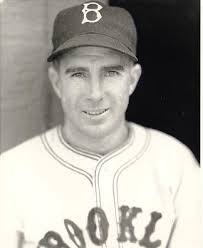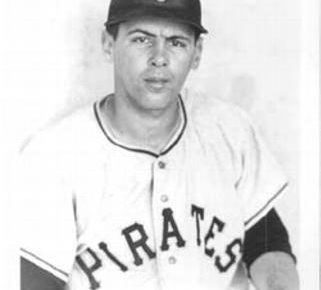Harry Howell had been in the major leagues for three seasons as a pitcher before he jumped on the two-way train. His OPS+ of 114 in 49 plate appearances with the Brooklyn Superbas may have been a small sample but it still gave the Baltimore Orioles the ammunition they needed to take a decent pitcher and see if he could contribute in different ways. This is one of the rare occasions in the Deadball Era where a team comes across as completely justified in deciding to trot a guy out to pitch and play a position on a regular basis.
Howell’s 1901 season didn’t quite reward the Orioles for their inclination to give him a chance. He was fairly successful as a pitcher. He appeared in 37 games, starting 34 of them. His ERA of 3.67, FIP of 3.39, and a WHIP of 1.398 in 294.2 innings were good enough for a respectable if not great 105 ERA+. However, Howell was well below average with the bat. He played 2 games at first base,1 at second, 6 at shortstop, 4 in left field, 2 in center field, and 3 in right field. In 198 plate appearances, he slashed .218/.242/.356 for a 61 OPS+. He acquitted himself well with the glove, his RF/9 was average or slightly above average at every position played. Still, his batting dragged his rWAR down from a 4.3 to a 4.0.
1902 saw the Spokane native yet again attempting to show he could perform as a two-way player. Back with the Orioles, he pitched in 26 games, and took the field for 1 game at first base, 26 at second, 15 at third, 11 at short, 5 in left, 10 in center, and 3 in right. Howell’s hitting greatly improved in 1902, slashing .268/.312/.395 for an OPS+ of 92 in 377 plate appearances. Toeing the rubber Howell regressed a small amount but stayed right around average level. A 4.12 ERA, 3.49 FIP, and ghastly 1.462 WHIP contributed to a 91 ERA+ in 199.0 innings pitched. Defensively Howell continued to excel. He was above average at every position and elite at second with a RF/9 of 5.20. By season’s end, Howell had only managed 1.2 rWAR, a decided decline from the previous season.
Spending the 1903 season with the New York Highlanders Howell would make one last attempt at being a legitimate two-way player. He played 1 game at first base, 1 at second, 7 at third, and 5 at shortstop while pitching in 25 games. A change of scenery didn’t change Howell’s status as an average to below-average hitter. In 115 plate appearances, he managed an OPS+ of 66 behind a .217/.259/.311 slash line. He fared better as a pitcher, an 88 ERA+, 3.53 ERA, 3.25 FIP, and 1.182 WHIP in 155.2 innings pitched. Howell remained a steady fielder, but his overall rWAR of 1.1 tells the quick and easy tale of a guy who needed to stop trying to play both sides of the ball.
For the rest of the righthander’s career that’s exactly what he did. For the next 5 years, he never posted an ERA+ below 114 or an rWAR below 3.6. Howell wasted a good three years of his career trying to be something he wasn’t. His post-two-way play years paint the picture of a good pitcher who could have helped his teams far more by focusing on that aspect of his game entirely. Alas, Howell tried to play the field and in doing so became yet another failed two-way experiment.
Lead photo courtesy of Unknown – Unknown




